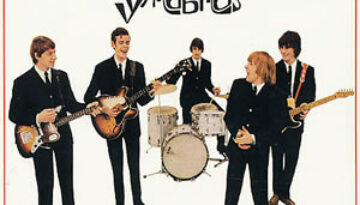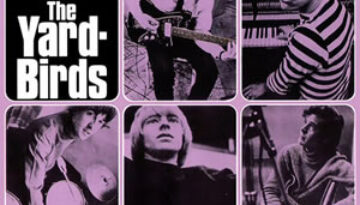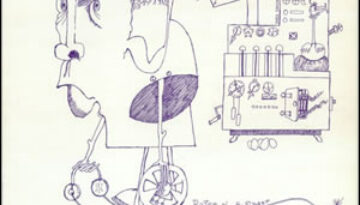Having a Rave Up
by The Yardbirds
Buy Having a Rave Up with The Yardbirds Having a Rave Up with The Yardbirds is an oddly constructed mish-mash of recent singles, new recordings, and live tracks recorded over 19 months prior […]



